China is turning pig manure into biogas, fertilizer, and bio-based products to power farms and cut pollution.
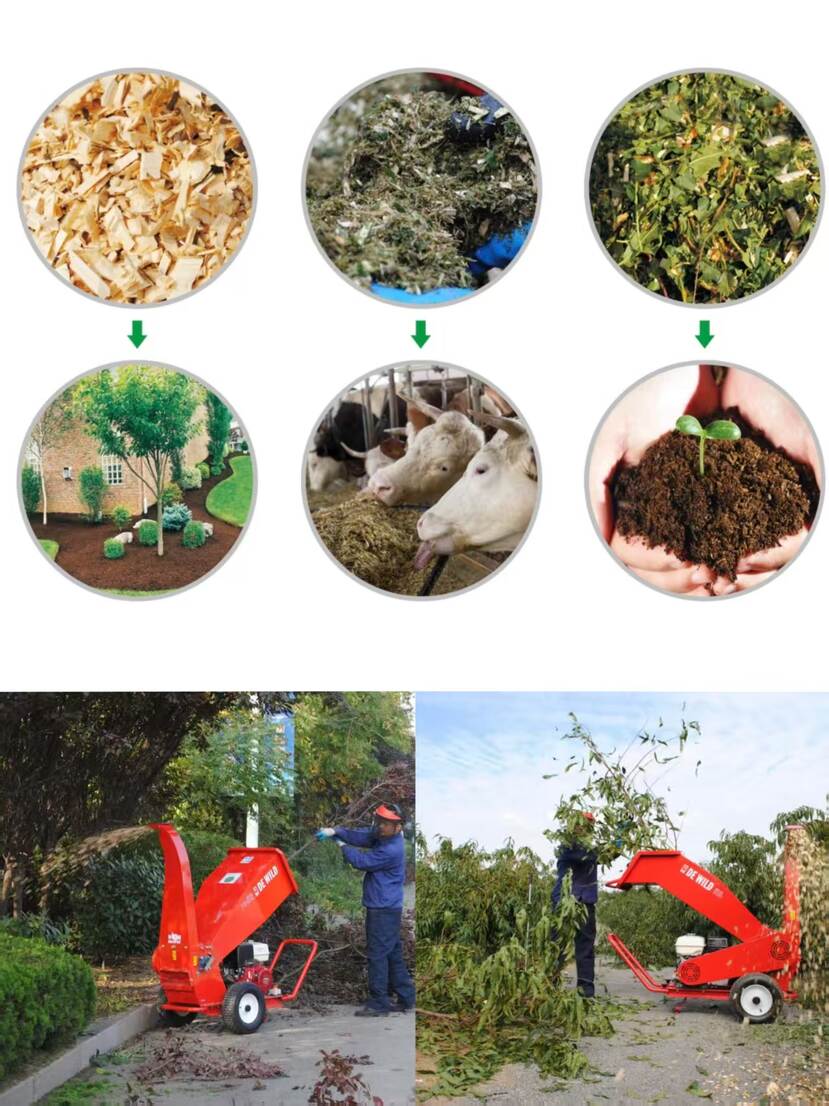
China’s agricultural bioeconomy is gaining momentum, and pig farming waste has emerged as one of its most valuable raw materials. Each year, the country produces roughly 1.5 billion tons of pig manure. Once a major source of rural pollution, this waste is now increasingly seen as a renewable resource.
Manure is being converted into biogas, organic fertilizers, and bio-based products that support both environmental health and economic growth. This transformation reflects a shift in how agricultural waste is managed and valued.
Policy-driven circular solutions
National policies are guiding this shift. The 14th Five-Year Plan for Bioeconomy Development and the Law on Promoting Circular Economy encourage cleaner, circular production systems. These frameworks support farms and local governments in turning animal waste into productive assets.
Provinces with large pig populations—including Sichuan, Henan, Hunan, and Guangdong—are leading the way. They have integrated manure treatment with renewable energy production, creating models for sustainable rural development.
Closing the nutrient loop
Anaerobic digestion plays a central role in this strategy. In oxygen-free tanks, pig waste is broken down to produce biogas, which can generate electricity, heat, or even vehicle fuel.
The remaining slurry is processed into organic fertilizer that is rich in nitrogen, phosphorus, and potassium that helps rejuvenate croplands. This ‘waste-to-energy-to-soil’ model helps close the nutrient loop, improving soil fertility while reducing reliance on chemical inputs and greenhouse gas emissions.
Beyond energy: Bio-based innovation
Pig manure is also being explored as a feedstock for bio-based materials. These include biodegradable plastics and soil-conditioning agents, which offer sustainable alternatives to fossil-based raw materials.
The biogas long game
Government incentives have helped scale up adoption. In several provinces, farms can receive subsidies of up to USD 1.29 million for installing biogas systems and waste treatment facilities.
Many rural cooperatives have built small-scale biogas plants that supply electricity to villages, lower household energy costs, and reduce methane emissions from open lagoons.
A cleaner, stronger swine sector
These efforts are reshaping the environmental footprint of China’s pig industry — the largest in the world. By linking agricultural modernization with renewable energy and soil restoration, China is turning a former waste problem into a cornerstone of rural revitalization.
The country’s approach demonstrates how circular management of pig waste can support cleaner environments, stronger farm economies, and a more sustainable future for global livestock production.
Subscribe now to the technical pig magazine
AUTHORS
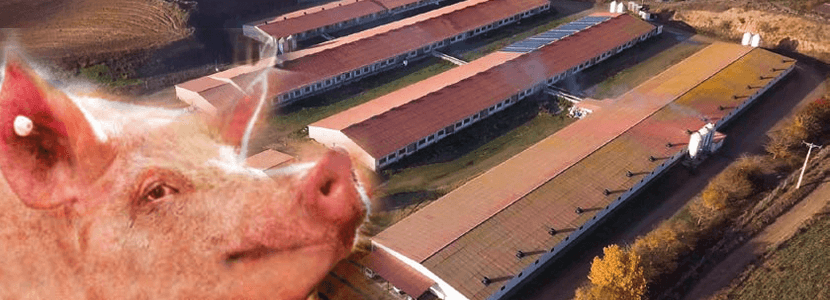
Bifet Gracia Farm & Nedap – Automated feeding in swine nurseries

The importance of Water on pig farms
Fernando Laguna Arán
Microbiota & Intestinal Barrier Integrity – Keys to Piglet Health
Alberto Morillo Alujas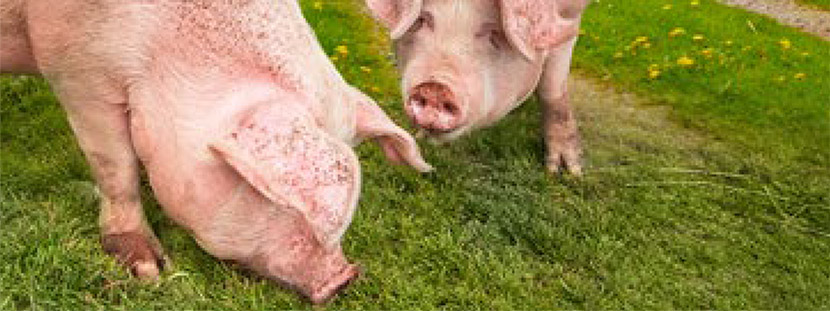
Impact of Reducing Antibiotic use, the Dutch experience
Ron Bergevoet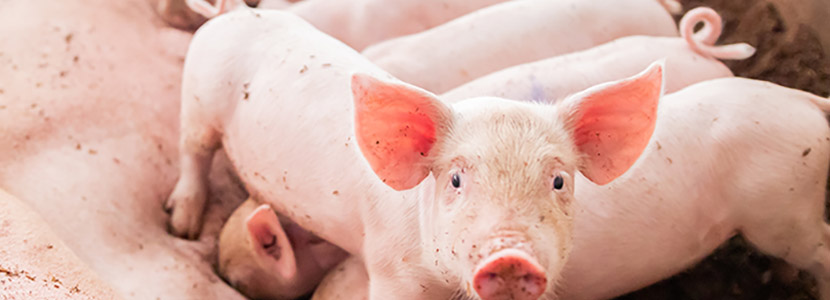
The keys to successful Lactation in hyperprolific sows
Mercedes Sebastián Lafuente
Addressing the challenge of Management in Transition
Víctor Fernández Segundo
Dealing with the rise of Swine Dysentery
Roberto M. C. Guedes
Actinobacillus pleuropneumoniae – What are we dealing with?
Marcelo Gottschalk
The new era of Animal Welfare in Pig Production – Are we ready?
Antonio Velarde
Gut health in piglets – What can we do to measure and improve it?
Alberto Morillo Alujas
Interview with Cristina Massot – Animal Health in Europe after April 2021
Cristina Massot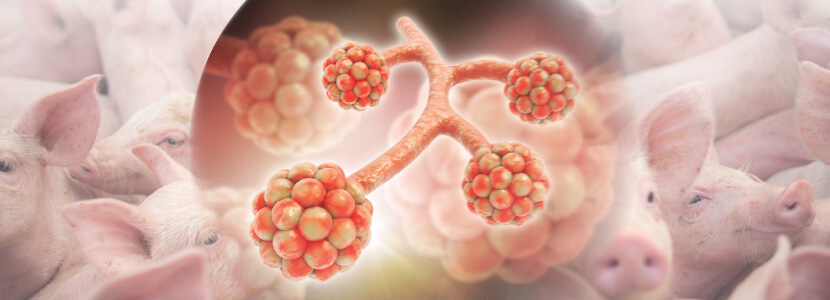
Differential diagnosis of respiratory processes in pigs
Desirée Martín Jurado Gema Chacón Pérez